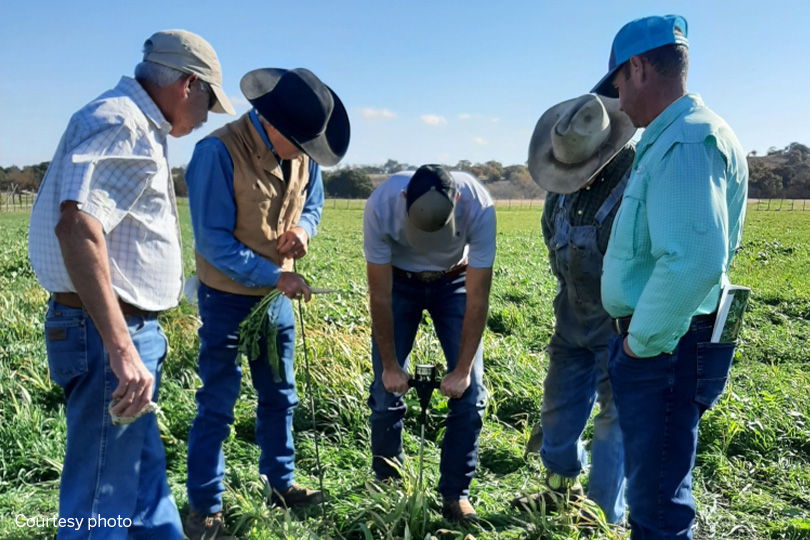By Shelby Shank
Field Editor
Fertilizer prices continue to be one of the biggest input costs for farmers and ranchers.
Dr. Jake Mowrer, Texas A&M AgriLife Extension associate professor, stressed the importance of testing soil before fertilizing, especially because of the changes in crop and fertilizer prices.
“Soil testing is fundamental. If you’re going to add fertilizer to the soil, you need to absolutely test the soil first,” Mowrer said in an interview with the Texas Farm Bureau Radio Network. “We used to have a saying ‘Don’t guess, soil test!’ We currently say ‘You’ve got to measure to manage.’”
Mowrer noted soil testing can inform farmers and ranchers what nutrients are needed in the soil to optimize growth and health for plants and crops.
“You need to know what that soil is providing before you go purchasing and applying any kind of fertilizer,” he said.
the best time to test soil, according to Mowrer, is January or early in the calendar year.
“You want to make sure you get your soil test done and returned to you with a recommendation from the laboratory in time to make your management decisions,” he said. “If you do it sooner than that, say late summer or right after harvest, conditions can change. The soil test information isn’t as accurate as it can be.”
And if the soil test is conducted too late, management decisions will be affected because the results won’t be back in time, Mowrer said.
Texas A&M AgriLife Extension offers resources on soil health and fertility. The Texas A&M AgriLife Extension Service Soil, Water and Forage Testing Laboratory provides research-based analysis and objective recommendations for agronomic and non-agronomic soil analysis, plant tissue analysis, forage nutritive analysis and non-drinking water analysis.
For more information, visit Texas A&M AgriLife Extension.

